FS Colour Series: Tadelakt Inspired by Barbara Hepworth’s Lustrous Marbles
The milk-white hue of TADELAKT linen evokes the smooth, polished surfaces of Barbara Hepworth’s ground-breaking and sensuous marble sculptures. A 20th-century woman who both embodied and propelled modernism in Britain, Hepworth revealed her determination and independence early on by travelling alone to Rome in 1924 at the age of 21, after completing her degree at the Royal College of Art. During her two years in Italy, she began studying stone-carving under Giovanni Ardini, who one day remarked, ‘marble changes colour under different people’s hands.’ At that moment, Hepworth realised that the key to working with marble was not to dominate it but to understand and even coax it. ‘Marble can only be carved with tenderness,’ she declared.
Hepworth’s earliest surviving sculpture, Doves (1927), indeed manifests the warmth in the artist’s handling of her material and in her personal life at that time. Shortly after arriving in Italy, the artist met another British sculptor, John Skeaping, and married him several months later in Florence. The newlyweds kept doves, perhaps inspiring the work along with Jacob Epstein’s earlier sculpture of the same name. Hepworth’s intimate piece illustrates what she later described as one of the shapes that had held a special meaning for her since childhood: ‘two forms, which is the tender relationship of one living thing beside another.’
The young sculptor carved Doves from Greek Parian marble, but it was Italian marble that represented what her native Yorkshire environment could not provide: luminescence. ‘There had been something lacking in my childhood in Yorkshire, and that was light,’ she recalled. ‘Italy opened for me the wonderful realm of light.’ Throughout her career, Hepworth’s fascination with light manifests itself in her choice of materials, her sculptural practice, her studios in Cornwall, and her descriptions of her work. It even became a medium of sorts. In 1931, several years after she and Skeaping had returned to England, she began creating pierced sculptures that incorporated light into the work and emphasised negative space as much as positive space. ‘‘The importance of light for the presence of any form has always interested me,’ she explained.
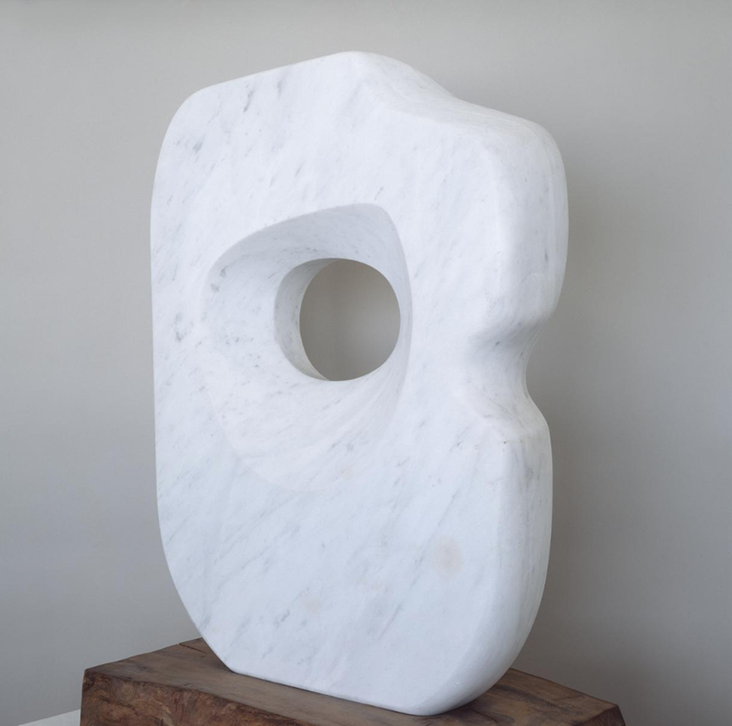
Pierced Form / Barbara Hepworth / 1963-4 / Pentelicon marble [the original Pierced Form was destroyed during WW2]
St. Ives, where Hepworth lived until her death in 1975, provided the artist with the luminosity she craved for her works. ‘I have carved white marble as much as I possibly could, but in this dark, dirty, and cold country, it has not been very easy to place these works. In Cornwall, they are very happy out of doors…the clean air and brilliant sun make it possible for me to site them easily.’ She continued to work with white marble, affirming, ‘I love marble specially because of its radiance in the light, its hardness, precision, and response to the sun.’ Her marble works, together with her St. Ives studios and home celebrate whiteness and its luminescence.
FS TADELAKT comes in Mid weight 100% Linen





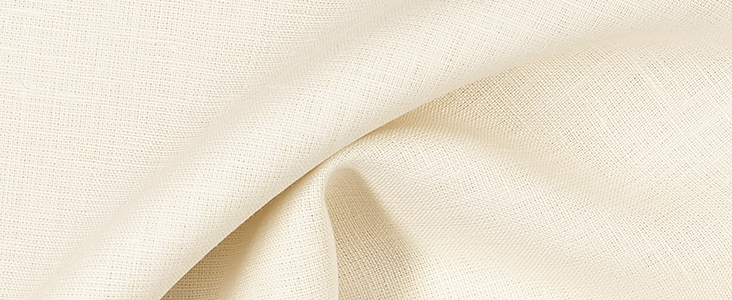
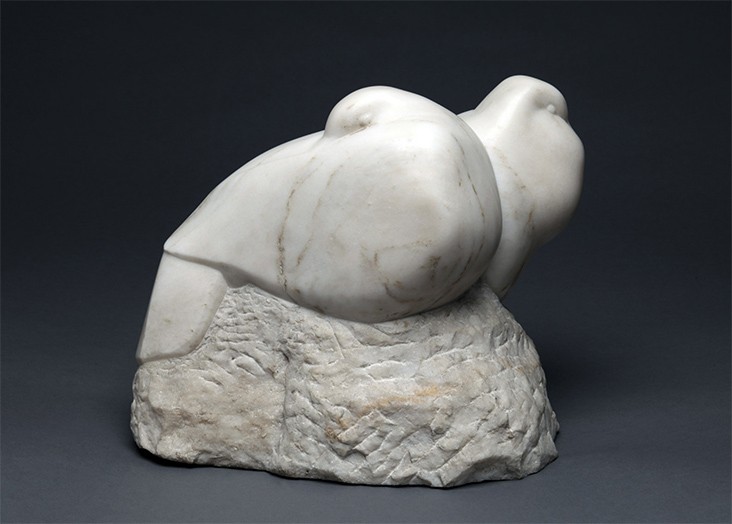
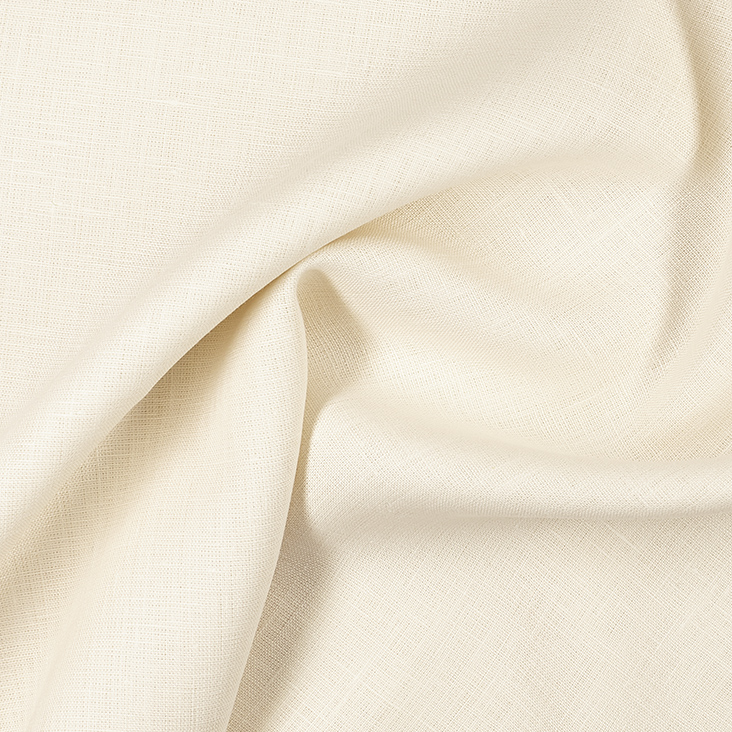
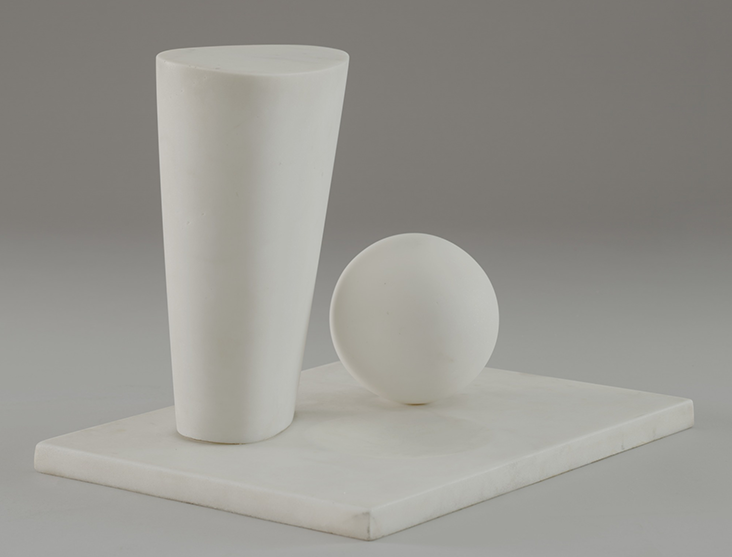
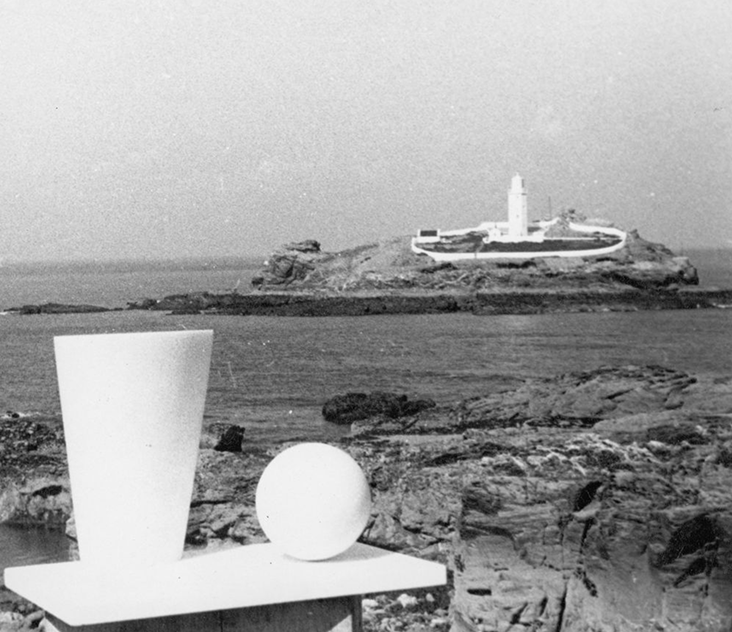
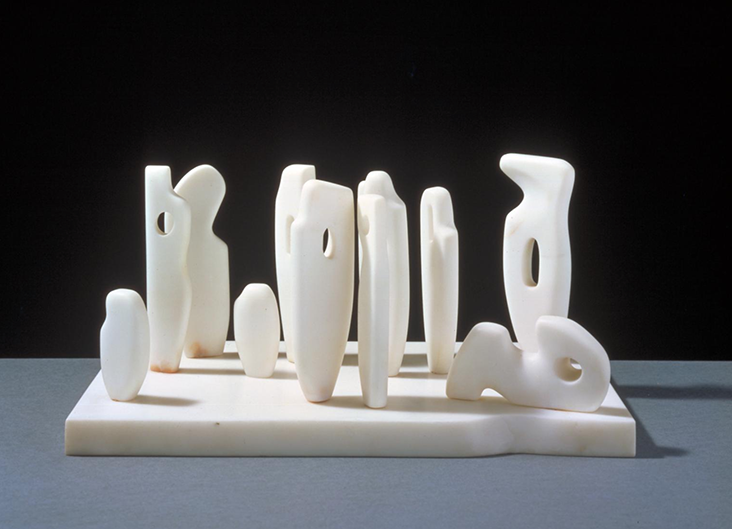











































Leave a comment